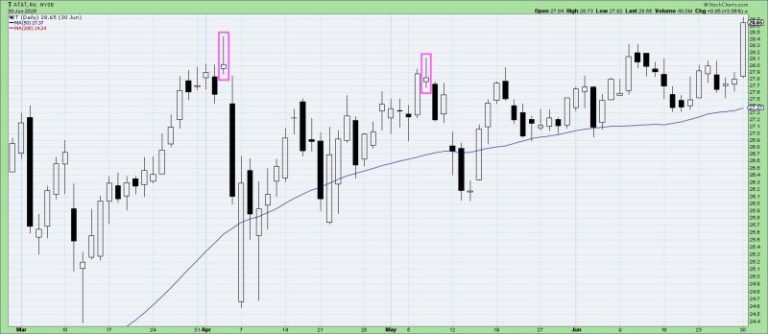Even with a few short-lived roller coaster rides, the stock market had a strong week. Though there was some selling on Friday, the S&P 500 ($SPX) and Nasdaq Composite ($COMPQ) closed up over the week as a whole, while the Dow Jones Industrial Average ($INDU) closed lower by 0.07%.
Earnings season has started on a positive note, with big banks and Netflix, Inc. (NFLX) reporting better-than-expected earnings. Inflation remains relatively tame and the labor market remains resilient. This has helped fuel the stock market’s higher trajectory, with sectors such as Technology, Industrials, and Financials showing strong upward moves. Even small-caps are hanging in there, although they have pulled back a bit.
This price action supports broad participation in the market. The S&P 500 Equal-Weighted Index ($SPXEW) is also holding strong, trading above its 20-day exponential moving average. This tells us that participation isn’t limited to a handful of giants.
A Look Under the Hood
Overall growth still takes center stage and, so far, July is following its seasonality pattern. The seasonality chart below shows that in the last 10 years, the return in July was positive every year, with an average gain of 3.30%.
FIGURE 1. SEASONALITY CHART OF THE S&P 500. July is a strong month for the index, but August, September, and October paint a different picture.Image source: StockCharts.com. For educational purposes.
Switching to a same-scale line chart (with a few years removed for clarity) you can see that even in 2020 and 2022, when the S&P 500 was in negative territory, July was still a strong month.
FIGURE 2. SAME-SCALE SEASONALITY CHART FOR S&P 500 FROM 2016 TO 2025. July is a strong month for stocks, although some years the latter part of the month has seen a decline.Image source: StockCharts.com. For educational purposes.
Seasonality shifts notably as we move into late summer and early fall. That doesn’t guarantee a weak August, but it does argue for staying alert. It’s like driving into a stretch of winding road. You don’t slam the brakes, you just keep both hands on the wheel.
How to Track the Overall Market’s Performance
For a bird’s-eye view, the StockCharts Market Summary is your go-to page, but, after drilling down, one chart I often visit in my Market Analysis ChartList is the 3-year weekly chart of the S&P 500, with its Bullish Percent Index (BPI) and the percentage of S&P 500 stocks trading above their 200-day moving average.
FIGURE 3. WEEKLY CHART OF S&P 500 WITH MARKET BREADTH INDICATORS. From a weekly perspective, the S&P 500 is still trending higher. Breadth indicators support the bullish move.Chart source: StockCharts.com. For educational purposes.
The trend is still higher, although the range between the open and close is relatively narrow. The BPI is above 50 but is flattening out, and the percentage of stocks trading above their 200-day moving average is also declining. Neither breadth indicator suggests we’ll see a massive selloff in the coming days.
The Cboe Volatility Index ($VIX) is low, and investor sentiment leans bullish (you can confirm this in the Sentiment panel of the Market Summary page).
Will Growth Lead For the Rest of the Year?
There are lots of variables that can change from now to the end of the year, from government policy to geopolitical tensions. These changes will be reflected in the market breadth and sentiment charts.
Tip: StockCharts members can download the Market Summary ChartPack to include the charts from the page in their ChartLists. You need to keep an eye on these charts for leading signals of change in the market’s price action.
End-of-Week Wrap-Up
Stock Market Weekly Performance
- Dow Jones Industrial Average: 44,342.19 (-0.07%)
- S&P 500: 6,296.79 (+0.59%)
- Nasdaq Composite: 20,895 (+1.51%)
- $VIX: 16.41 (+0.06%)
- Best performing sector for the week: Technology
- Worst performing sector for the week: Energy
- Top 5 Large Cap SCTR stocks: AST Spacemobile, Inc.(ASTS); Nuscale Power Corp. (SMR); Robinhood Markets Inc. (HOOD); Avis Budget Group (CAR); Symbiotic, Inc. (SYM)
On the Radar Next Week
- June Home Sales
- June Durable Goods Orders
- Several Fed speeches
- Earnings from Alphabet, Inc. (GOOGL), Tesla, Inc. (TSLA), AT&T Inc. (T), Intel Corp. (INTC), International Business Machines (IBM), and many more.
Disclaimer: This blog is for educational purposes only and should not be construed as financial advice. The ideas and strategies should never be used without first assessing your own personal and financial situation, or without consulting a financial professional.





